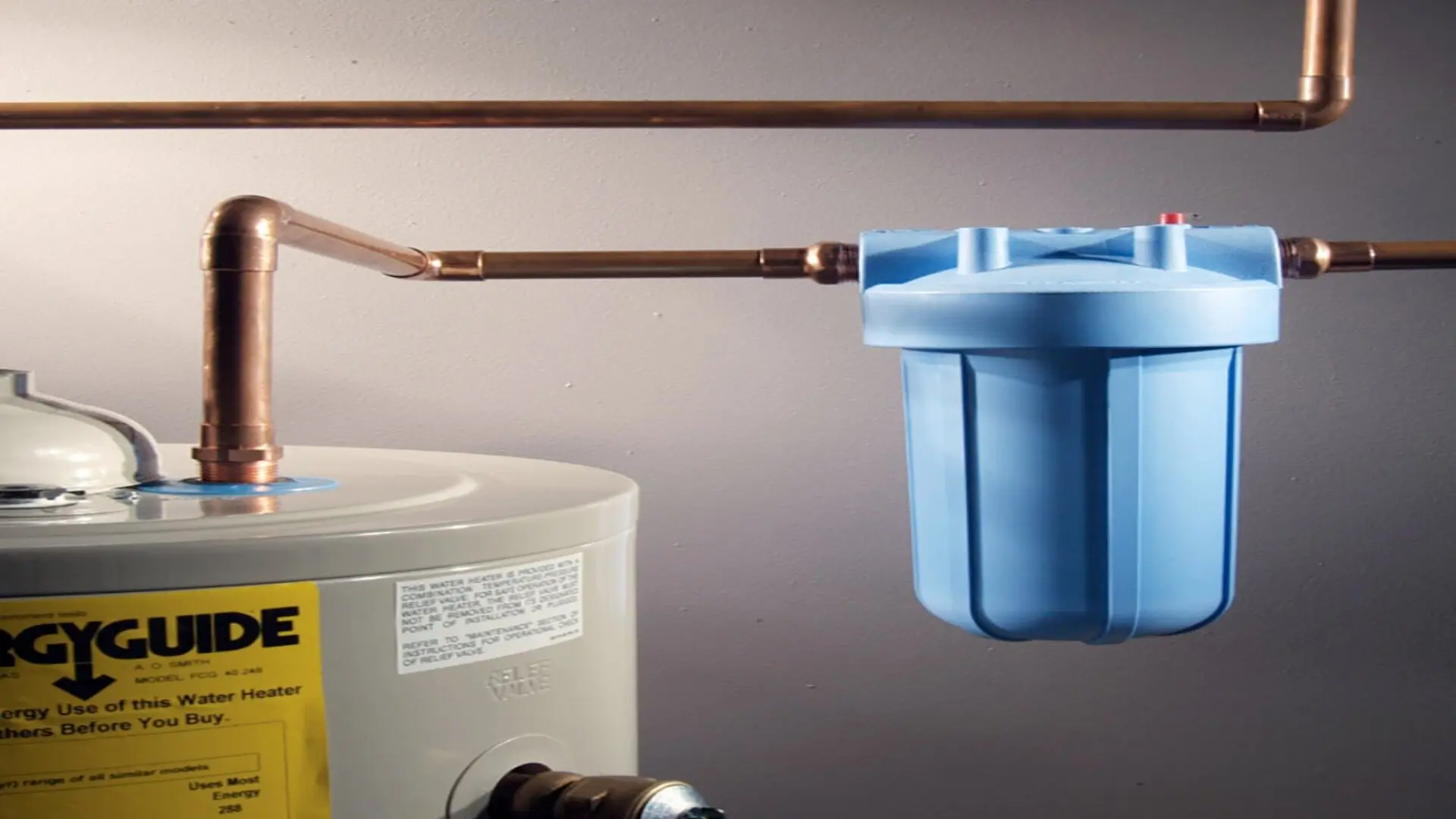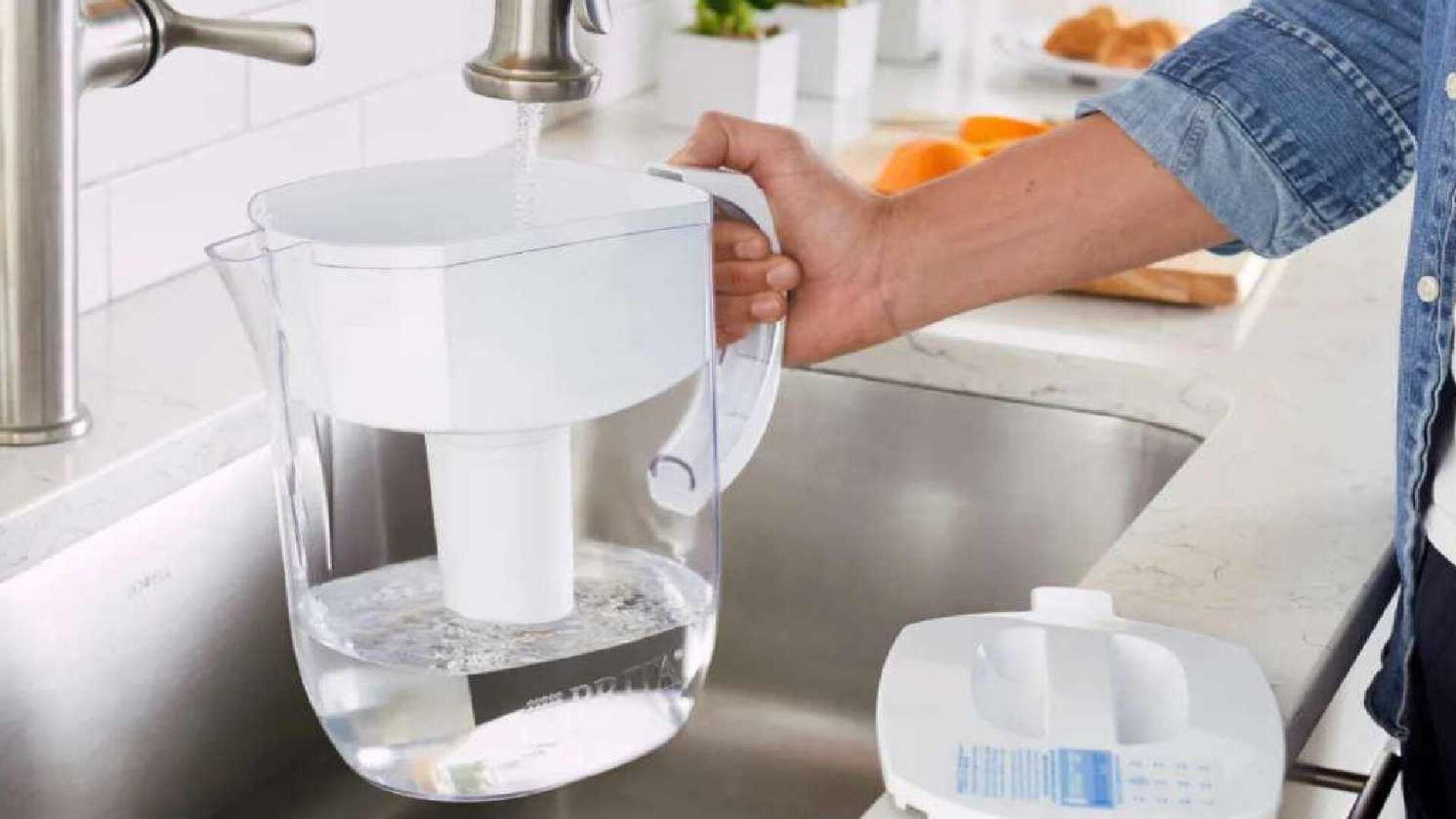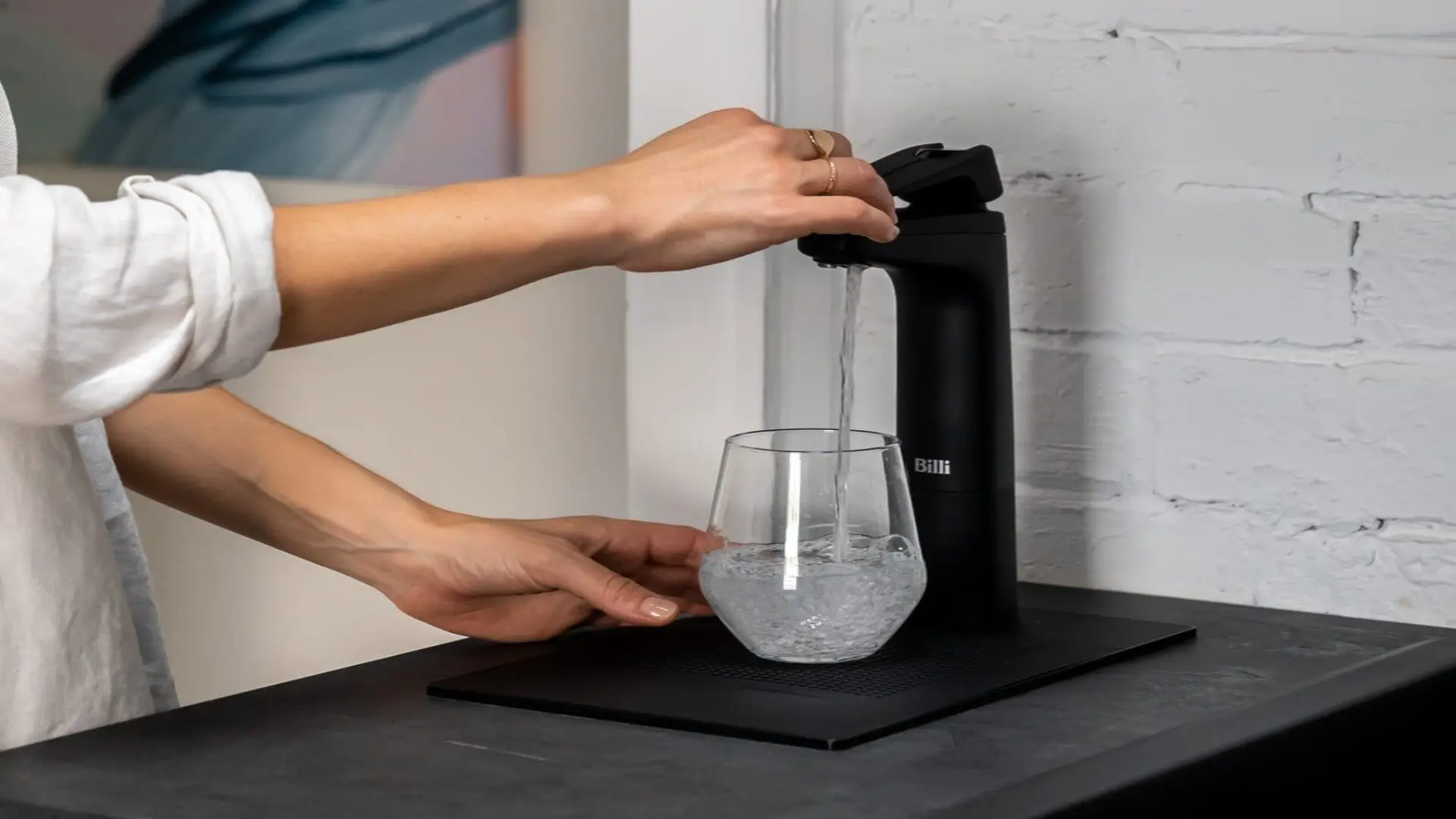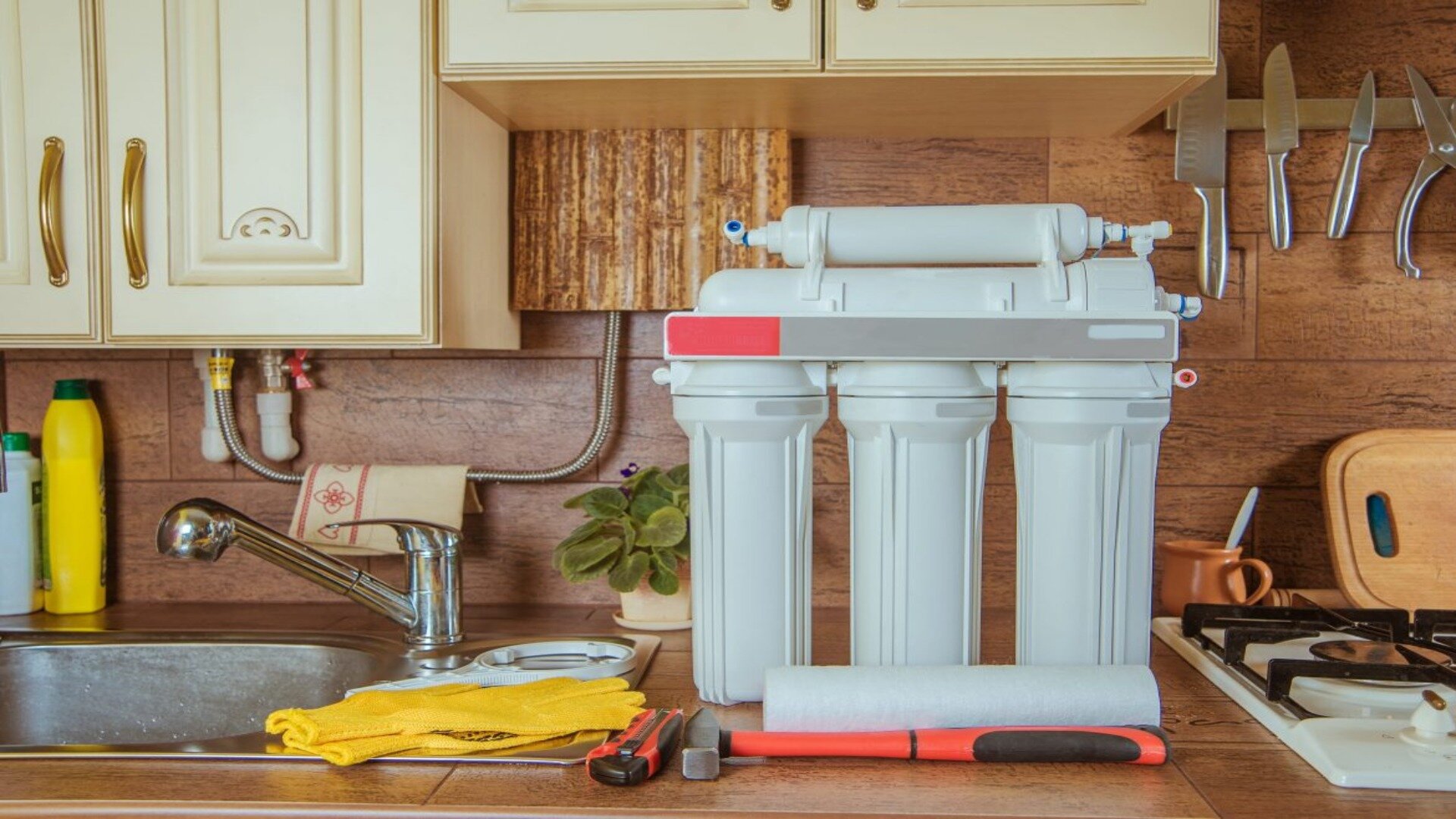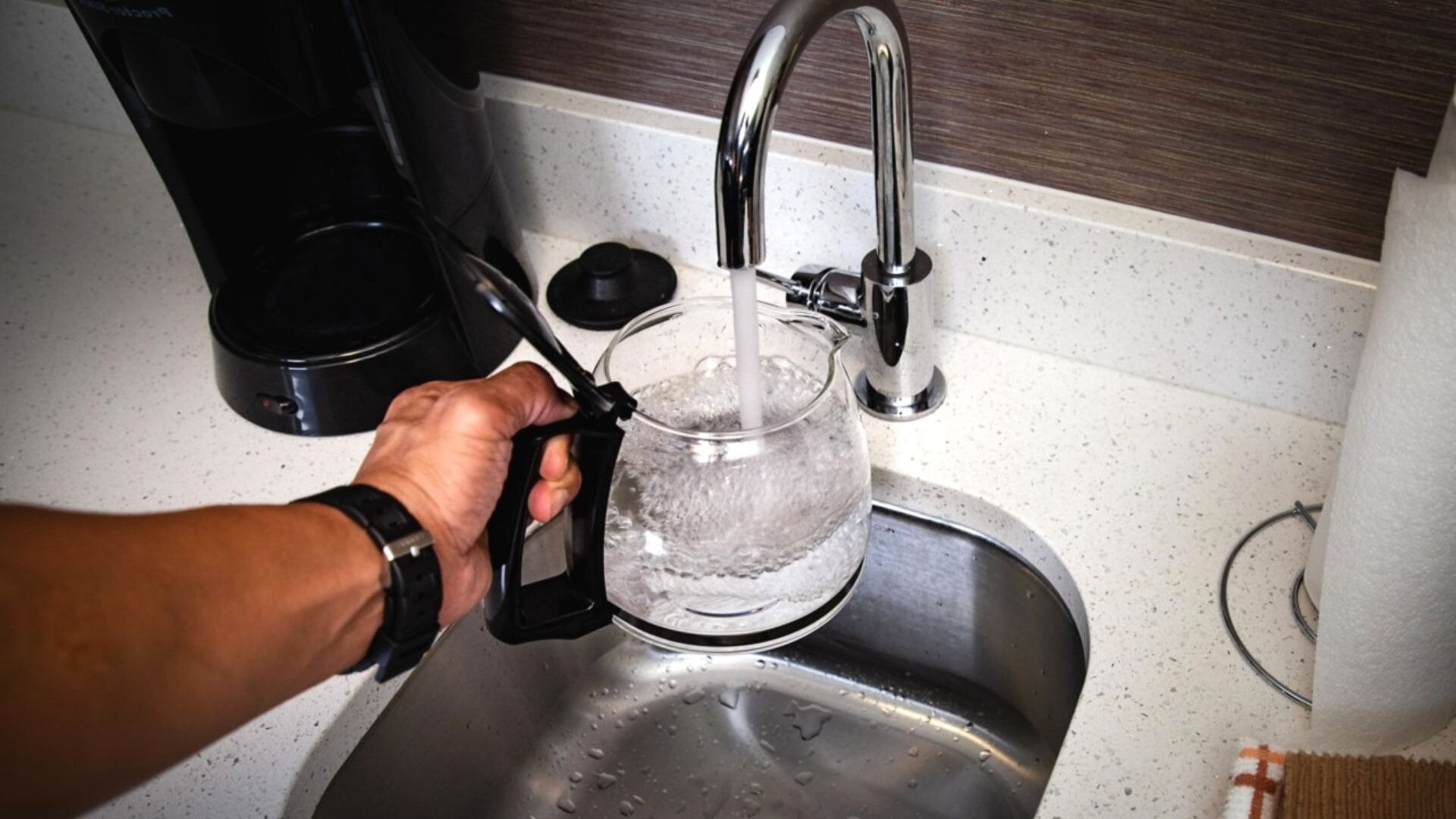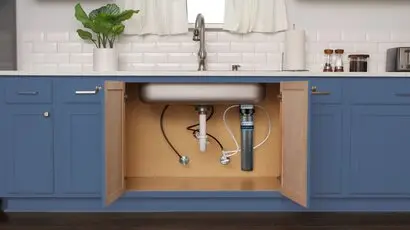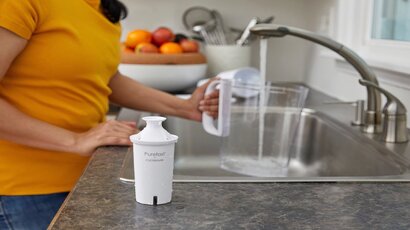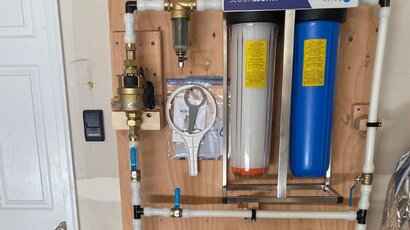![]()
Ever wondered, ‘Do water filters remove lead?’ You’re definitely not alone. It’s a hot topic among those of us keen on what we’re drinking. With growing awareness, the spotlight on lead levels in our water has really intensified.
You might wonder, "Why all the fuss about lead?" The implications of lead exposure, especially sustained over time, are profound. News headlines and health studies constantly remind us of the potential health risks of lead in our water supply. Lead, even in small quantities, can pose significant health problems. With this information coming to light, it’s only natural that we start questioning the quality of our drinking water.
But what can we do about it? Well, that’s where water filters come into play. We rely heavily on these devices for clean, safe drinking water. The real question is, are these filters effective in removing lead from our water? The answer is key in our quest for safe, filtered water. Let’s find out more!
What is Lead, and How Does it Get into Our Water?
Lead is a heavy metal that can enter our water supply through various sources. It can be quite shocking how much lead can end up in our hot and cold tap water. One significant source is old lead pipes.
These pipes can corrode over time, whether part of your home plumbing or the broader municipal water supply. As they deteriorate, they can leach lead into the water that flows through them.
![]()
You may be thinking, "Well, a little bit of lead can’t be that harmful, right?" Unfortunately, that’s not the case. Lead is a toxic metal that can harm human health, even at low exposure levels. The impact of lead poisoning is a serious concern. Even small amounts of lead can cause significant health issues, particularly in children.
Australia’s Environmental Protection Agency (EPA) takes lead contamination very seriously. The maximum contaminant level goal for lead in drinking water is zero. That’s right, zero. Lead is persistent and can bioaccumulate in the body over time. This means the lead ingested from our drinking water can build up in our bodies, leading to long-term health concerns.
Health Implications of Lead Consumption
The health risks from lead consumption are more serious than you might imagine. Lead exposure, particularly from drinking water, poses a grave concern and has far-reaching effects on our bodies.
Lead contamination in our bodies is not a minor issue. High levels of lead in drinking water can cause many health complications. For adults, these complications can range from high blood pressure to kidney damage and even neurological problems. These health issues are not only serious but can also be chronic, causing long-term damage that may not be immediately apparent.
The health concern of lead exposure becomes even more critical when considering its effects on children. Children’s bodies absorb lead more readily than adults, making them particularly susceptible to lead poisoning. This can result in severe developmental issues, including learning difficulties and potential intellectual disabilities.
![]()
Emergency symptoms of lead poisoning can be quite severe. They may include abdominal pain, constipation, fatigue, headaches, irritability, loss of appetite, memory loss, pain or tingling in the hands and feet, and weakness. In extreme cases, seizures, unconsciousness, or even death may occur.
The persistent nature of lead means that once it enters the body, it can stay there for a long time, continuing to cause harm. This is why it’s crucial to proactively address the issue of lead in our drinking water.
So, the question remains: How much lead is too much? The answer, in short, is that there is no safe level of lead exposure. Even the smallest quantity can pose a risk, especially over a prolonged period. This is why the utmost attention must be given to reducing lead in our drinking water and mitigating the risk of lead poisoning.
Test For Lead In Your Water Supply
Given the health concerns related to lead exposure, it becomes paramount to regularly check the water quality of your household and community water supplies. If you suspect lead contamination in your water supply, it is crucial to have your water tested. You can choose to test your water through various methods. DIY test kits are readily available in the market, offering a quick, although not always comprehensive, overview of your water quality. These kits usually include instructions on collecting a water sample and testing it for lead and other contaminants.
However, while these kits can provide a general sense of your water quality, they might offer a different level of accuracy than professional testing services. Professional water testing services provide a more thorough water quality analysis, including a precise measure of the lead level. These services employ scientifically rigorous methods to ensure accurate results.
In addition to testing your water, checking for any leaking pipes in your home’s plumbing system is essential. Leaks can not only result in water damage but can also lead to water quality issues. Regularly check for leaks, especially in your hot water and irrigation systems. If you find any leaks, it’s crucial to address them promptly to prevent further issues.
![]()
The results from these tests can give you critical information. If the lead levels in your water supply exceed the recommended levels, immediate action should be taken. This is especially important if your home has old water pipes, as these are a common source of lead contamination.
It’s important to remember that lead can’t be seen, tasted or smelled in water. Therefore, testing is the only way to know whether your water is safe from this harmful contaminant. If your water tests reveal high lead levels, don’t panic. Several effective ways to reduce lead exposure and ensure your drinking water is safe.
Similarly, ensuring that your air conditioning units are functioning correctly is important. Poorly maintained air conditioning units can lead to water leaks, contributing to indoor air quality problems and potential mould growth.
Given the significant health concern that lead exposure presents, regular testing of your water quality is a small but vital step in protecting the health of your family and community.
By regularly checking for leaks, maintaining your hot water and irrigation systems, and ensuring your air conditioning units are in good working order, you can help protect your home’s water quality and overall health.
Do Water Filters Remove Lead?
The good news is that specific water filtration systems can effectively remove lead from your drinking water. However, it’s important to remember that not all water filters are created equal. The efficacy of lead reduction varies significantly across different types of filters. Among the most effective are activated carbon filters, reverse osmosis systems, and other specific purification systems.
Activated Carbon Filters
Activated carbon filters are one noteworthy option for ensuring less lead in drinking water. They operate by absorbing unwanted contaminants, such as lead and other heavy metals, through a very fine filter that traps these contaminants, thereby reducing their levels in the water. In addition to removing lead, these filters can also help reduce excess sediment and improve the taste and odour of your water.
![]()
Reverse Osmosis Systems
Reverse osmosis systems are another highly effective option for removing lead from drinking water. These systems work by pushing water through a semipermeable membrane. This delicate membrane can remove lead and many other contaminants. However, it’s important to remember that while reverse osmosis is extremely effective at purifying water, it can also reduce the mineral content of your water. This is because the process is so thorough that it can also remove beneficial minerals and contaminants.
Ion Exchange Resin Systems
Another method for reducing lead levels involves using an ion exchange resin. This process uses a resin to replace harmful lead ions with less harmful ones, like sodium. Ion exchange resin systems can be particularly effective at reducing lead levels, especially when combined with other filtration methods.
Using these effective water filtration systems, we can significantly reduce the lead content in our drinking water, ensuring safer and healthier hydration for ourselves and our families.
Choosing the Right Water Filter
Choosing the right water filter from a sea of options can feel overwhelming. But with a few key insights, you’ll be well on your way to making the best choice for your needs.
The Role of Third-Party Testing and Certification
When choosing a water filter to remove lead from your tap water, a vital factor is the third-party test results for individual contaminant reductions, including lead. These results accurately represent a filter’s effectiveness at removing specific contaminants. Independent testing organisations provide certifications verifying that the filter has been tested and proven to remove contaminants as claimed by the manufacturer.
Evaluating Filter Capacity in relation to Water Usage
If you’re considering activated carbon filters, it’s essential to ensure that the filter cartridge has a rated capacity for lead removal that matches your household’s water usage. In other words, the filter should effectively remove lead from the volume of tap water your household typically consumes.
![]()
Installation and Water Pressure Requirements for Reverse Osmosis Systems
When opting for a reverse osmosis purification system, it’s important to ensure it’s properly installed and capable of handling your home’s water pressure. While highly effective in removing lead and other contaminants, reverse osmosis systems require a specific water pressure level to function optimally. They are typically installed under the sink and need professional installation to ensure their effectiveness.
Prioritising Lead Removal
The primary aim is to choose a purification system that effectively removes lead from drinking water. While considerations like cost, ease of installation, and maintenance requirements are important, the filter’s ability to significantly reduce lead levels should be your top priority. Ensuring that your tap water is free from harmful levels of lead is a critical step towards safeguarding the health and well-being of your household.
Maintaining Your Water Filter
The performance of your water filter heavily depends on how well it’s maintained. Similar to how a vehicle needs regular oil changes to run smoothly, your water filter also requires routine maintenance to ensure it continues to remove lead and other contaminants from your water supply effectively. Here’s a deeper look at how you can maintain your water filter system:
Regular Replacement of Filter Cartridges
One of the most important aspects of water filter maintenance is the regular replacement of filter cartridges. The cartridge houses the primary filtering mechanism; over time, it can become saturated with the contaminants it has been filtering out. Once a filter cartridge reaches capacity, it can no longer effectively trap and remove contaminants.
The frequency of cartridge replacement depends on the type of filter system you have and your household’s water usage. Generally, manufacturers provide guidelines on when to replace the cartridges. Following these guidelines is crucial to ensure your system continues to filter leads effectively.
Regular Cleaning and Inspection
Apart from replacing the cartridges, it’s also essential to regularly clean and inspect your water filter system. Check for any signs of wear and tear or damage to the system that may affect its performance. This includes looking for leaks, checking the condition of O-rings and seals, and cleaning any sediment filters that may be part of your system.
![]()
Professional Servicing
Professional servicing might be necessary for complex water filter systems like reverse osmosis. These systems have multiple components that need to be checked and maintained, and a professional can ensure they are all functioning correctly. Regular professional servicing can help extend the lifespan of your system and ensure it continues to provide high-quality filtered water.
Monitor Your Water Quality
Keep an eye on your water quality regularly. Consistent testing ensures your filter does its job, keeping your tap water safe and noticing changes in taste, colour, or smell. It might be time to check your filter.
Safeguarding Your Health: Lead-Free Water Matters
Lead in drinking water is a serious health concern, but thankfully, with quality water filters, this risk can be effectively mitigated, protecting you and your family from harmful health impacts. Understanding the risks and taking proactive measures to ensure safe water can significantly reduce potential lead exposure.
Investing in a superior-quality water filtration system and regularly testing water quality are pivotal to securing your health and well-being. It’s vital to remember that taking preventative measures is always the best course of action for lead.
If you live in Melbourne and need assistance with water testing, installing, or maintaining a water filtration system, WP Plumbing is here to help. Our expert team can guide you through ensuring your home’s water is safe and clean. Contact us today to schedule an appointment or to learn more about our services. When it comes to your health and the safety of your drinking water, don’t take chances—choose WP Plumbing for peace of mind.

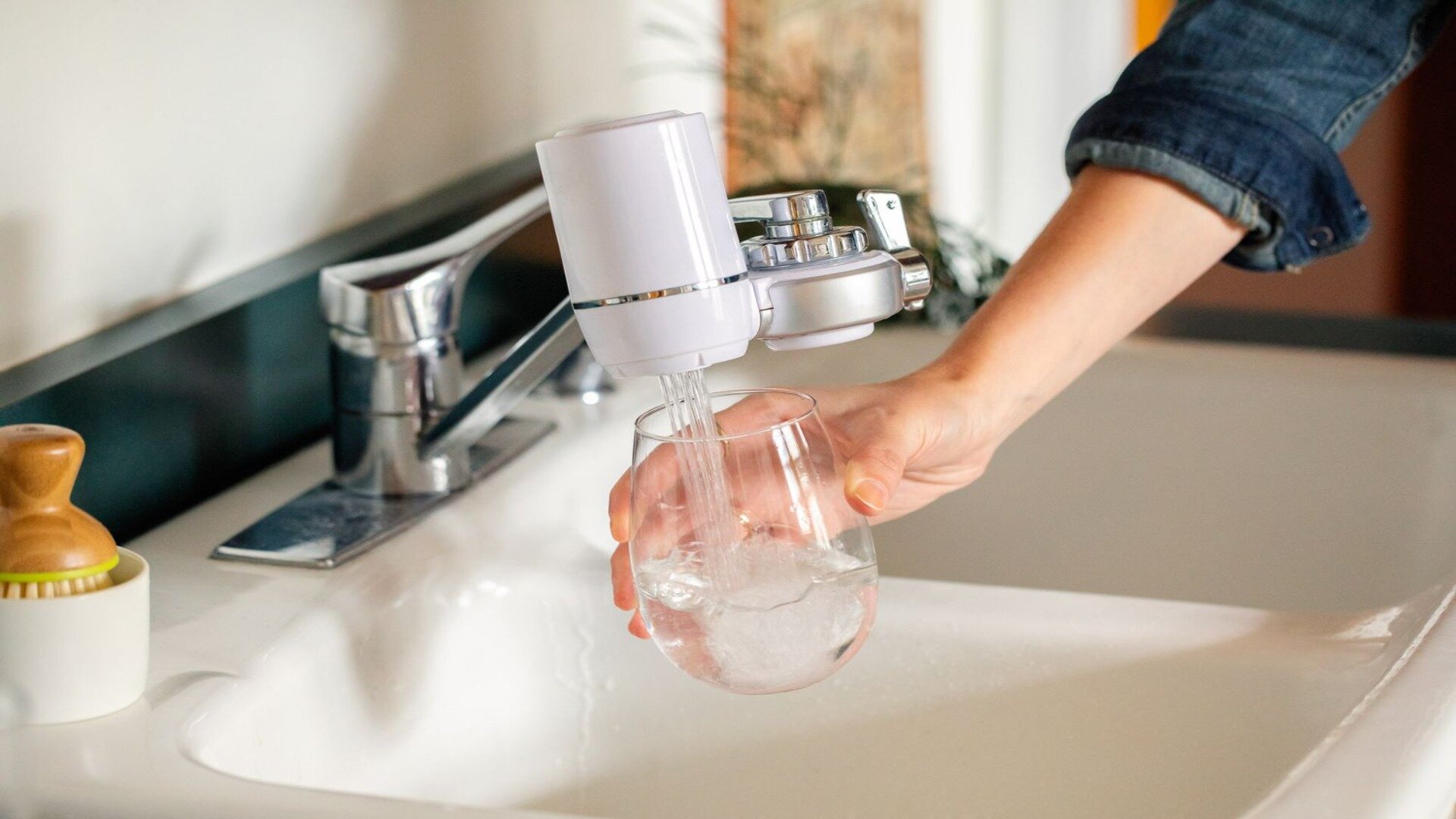
.jpg)
